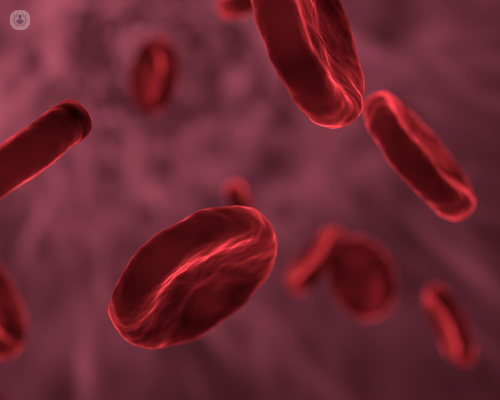Dehydroepiandrosterone sulphate (DHEAS)
What is analysed?
DHEAS is a steroid hormone produced primarily by the adrenal glands. It serves as a precursor to the sex hormones testosterone and oestrogen. Analysing DHEAS levels provides insights into adrenal function and hormone balance.

What does the result mean?
The result reflects the concentration of DHEAS in the bloodstream. Abnormal levels may indicate adrenal dysfunction, hormonal imbalances, or underlying health conditions.
Why undergo the analysis?
DHEAS analysis helps in diagnosing adrenal disorders, assessing androgen excess or deficiency, investigating conditions like polycystic ovary syndrome (PCOS), and monitoring adrenal function in certain medical conditions.
When to undergo the analysis?
DHEAS analysis is recommended when symptoms suggestive of adrenal dysfunction or hormonal imbalance are present, such as irregular menstrual cycles, hirsutism (excessive hair growth), or symptoms of adrenal insufficiency.
What sample is required?
A blood sample is required for DHEAS analysis.
Is any prior preparation necessary?
Generally, no specific preparation is needed for DHEAS analysis. However, patients may be advised to follow any instructions provided by their healthcare provider, such as fasting before the test.
How is it used?
DHEAS analysis involves measuring the concentration of DHEAS in the blood sample using laboratory techniques like immunoassays or mass spectrometry.
What are the normal values?
Normal DHEAS levels vary based on age, sex, and individual factors. In general, DHEAS levels are higher in males and decline with age in both sexes.
DHEAS levels interpretation
| DHEAS level | Interpretation |
| Varies | Normal levels depend on age, sex, and individual factors |
This table provides an overview of the interpretation of DHEAS levels, aiding in the assessment of adrenal function and hormonal balance.
What do altered values signify?
Elevated DHEAS levels may indicate conditions such as adrenal hyperplasia, adrenal tumours, or PCOS. Conversely, low DHEAS levels may suggest adrenal insufficiency or adrenal dysfunction.